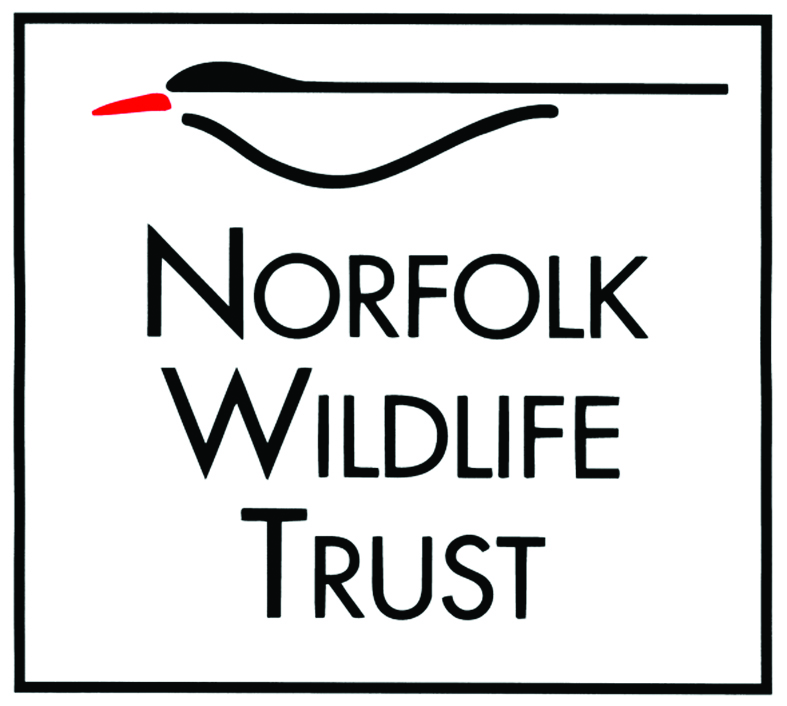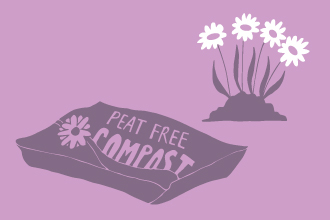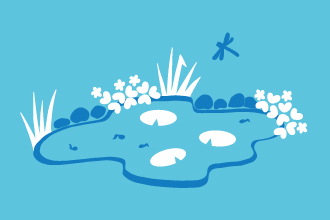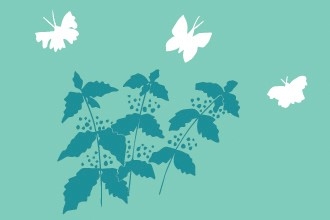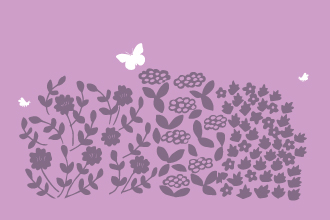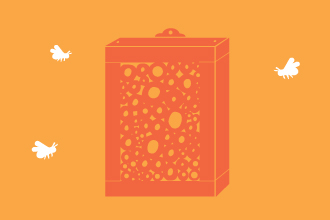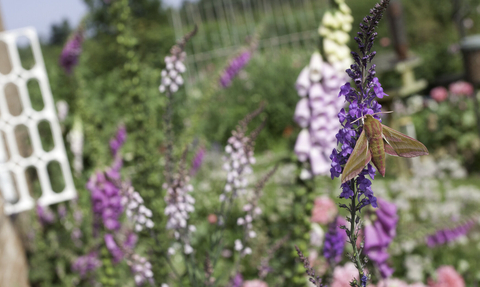
Elephant hawkmoth (credit: Tom Marshall)
Wilder Gardens
With an estimated 24 million gardens in the UK, the way we care for them can make a huge difference to wildlife. Find out how you can make your garden more wildlife-friendly!
Let's invite wildlife back into our gardens. Many of our common garden visitors – including hedgehogs, house sparrows and starlings – are increasingly under threat. But together we can turn things around and create safe havens for our wild neighbours.
Large or small, the way you choose to care for your garden can make a big difference to wildlife. Gardens are like mini stepping stones across our city, towns and villages, providing natural spaces for wildlife to find food, water, shelter, and places to breed. Together, they create a living landscape where wildlife can thrive.
Join thousands of people across the county in supporting wildlife in your garden.
More ways to help wildlife in your garden
Find more ways to help the wildlife in your garden in the guides below.
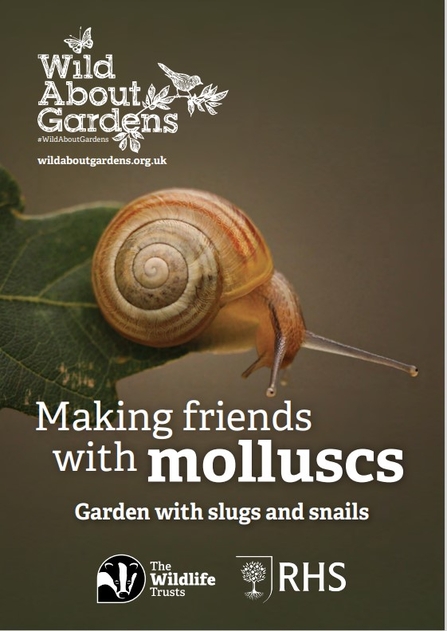
Wild About Gardens slugs and snails booklet
Download your guide to slugs and snails
In a popularity poll of garden wildlife, slugs and snails probably wouldn't rank very highly. But do they really deserve such a bad reputation? Slugs and snails are incredible creatures, bringing plenty of benefits to our gardens - so it’s time to give them a reputation makeover.
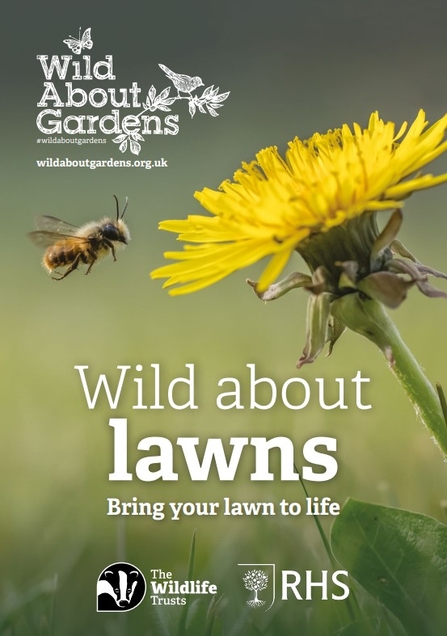
Download your wild about lawns booklet
Discover how to make a wildlife-friendly lawn.
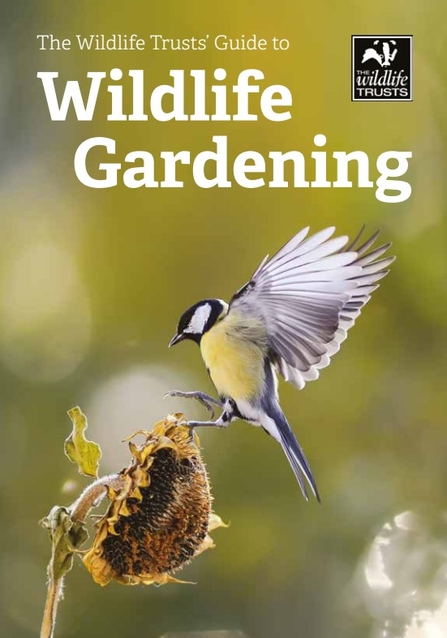
Download your wildlife gardening guide
Wildlife-friendly gardening is about making a haven for you, as well as for wildlife. You'll be rewarded with a thriving outdoor space, where you can enjoy the plants, animals, and birds that make their home there.
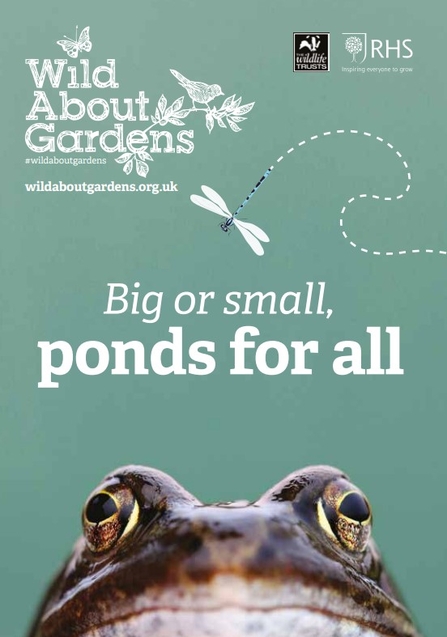
Download your guide to creating a pond
Creating a pond is one of the best things you can do in your garden for wildlife. And, it doesn't have to be big! Even mini container ponds can create essential habitat for garden wildlife.
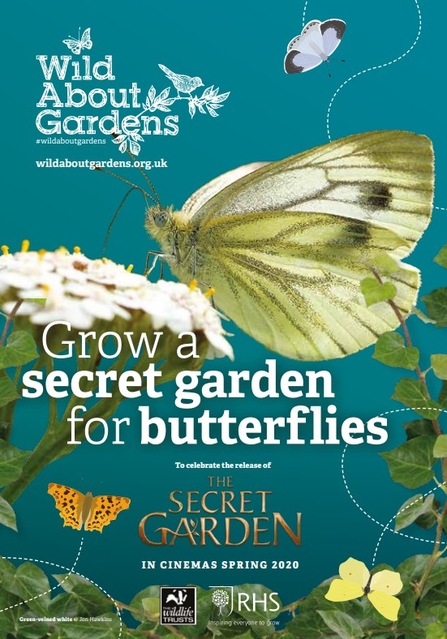
Download your guide to helping butterflies
Butterflies and moths are suffering, with many species declining in recent years. But the good news is that you can help through butterfly-friendly gardening.
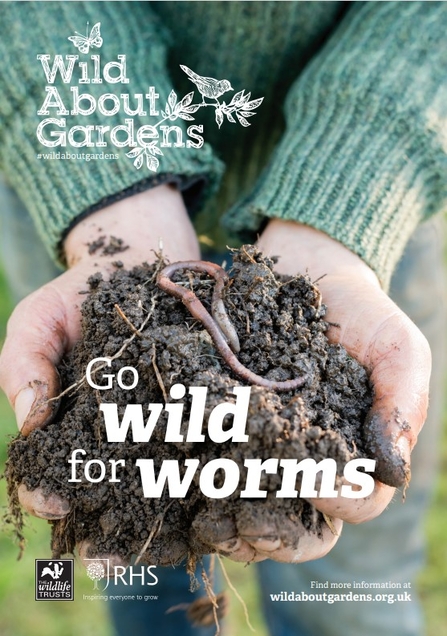
Download your guide to helping worms
These wriggly friends are well known to gardeners all over. At first glance they might not seem particularly special, but they're essential for healthy soils and thriving wildlife.

Download your guide to helping hedgehogs
Small, round, brown, and famously covered in spines, the hedgehog is one of the most familiar of Britain's wild mammals.
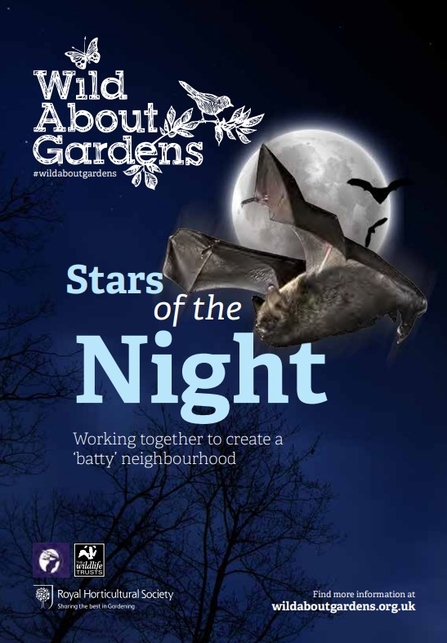
Download your guide to helping bats
Bats are the stars of the night sky, sometimes seen swooping through the darkness in pursuit of their prey. Find out how you can support these enigmatic mammals.
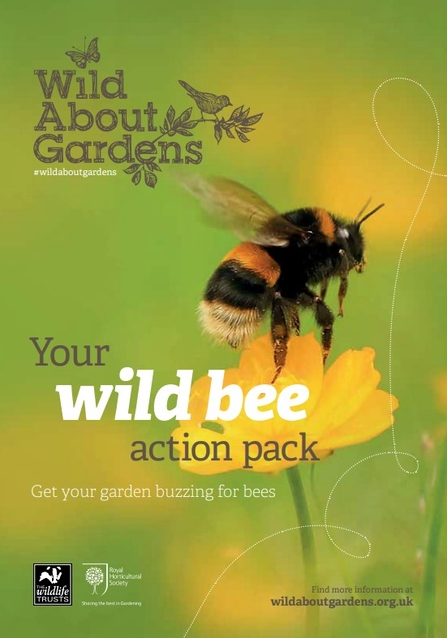
Download your guide to helping bees
It's no secret that many pollinators are under threat. Driven by insensitive land use, fewer plant species, and the use of insecticides, this is bad news for us and for them. But you can help...
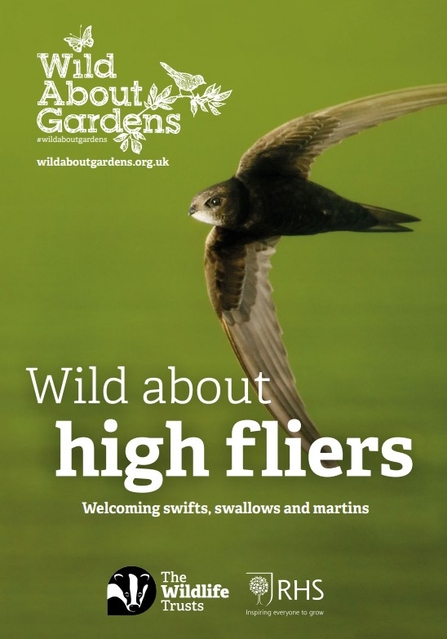
Download your guide to swifts, swallows and martins
Discover how to identify swifts, swallows and martins, and find ways you can help them.

Download your peat-free gardening guide
This guide will help you to transition to peat-free gardening, offering up tips and tricks for getting the most out of your compost.
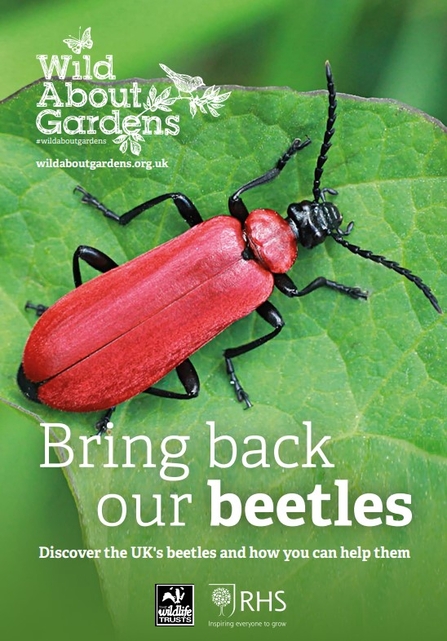
Download your guide to bringing back our beetles
Beetles come in an amazing variety of colours, sizes, and shapes. Important predators and prey for other animals, they also pollinate our flowers and crops, and even recycle nutrients back into the soil. Discover how you can help beetles.
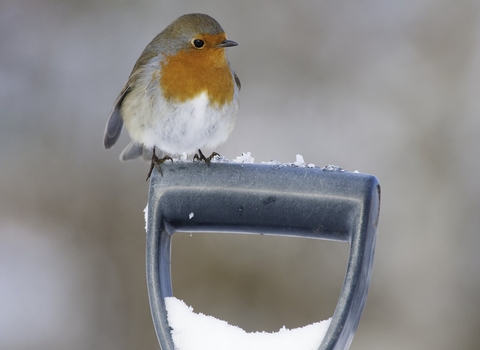
Robin perched on a snowy spade (credit: Mark Hamblin/2020VISION)
Are you worried about something in your garden?
Whether it is a bird out of a nest, a swarm of bees, or a problematic pond, check out our answers to a range of frequently asked questions about Norfolk's wildlife.
